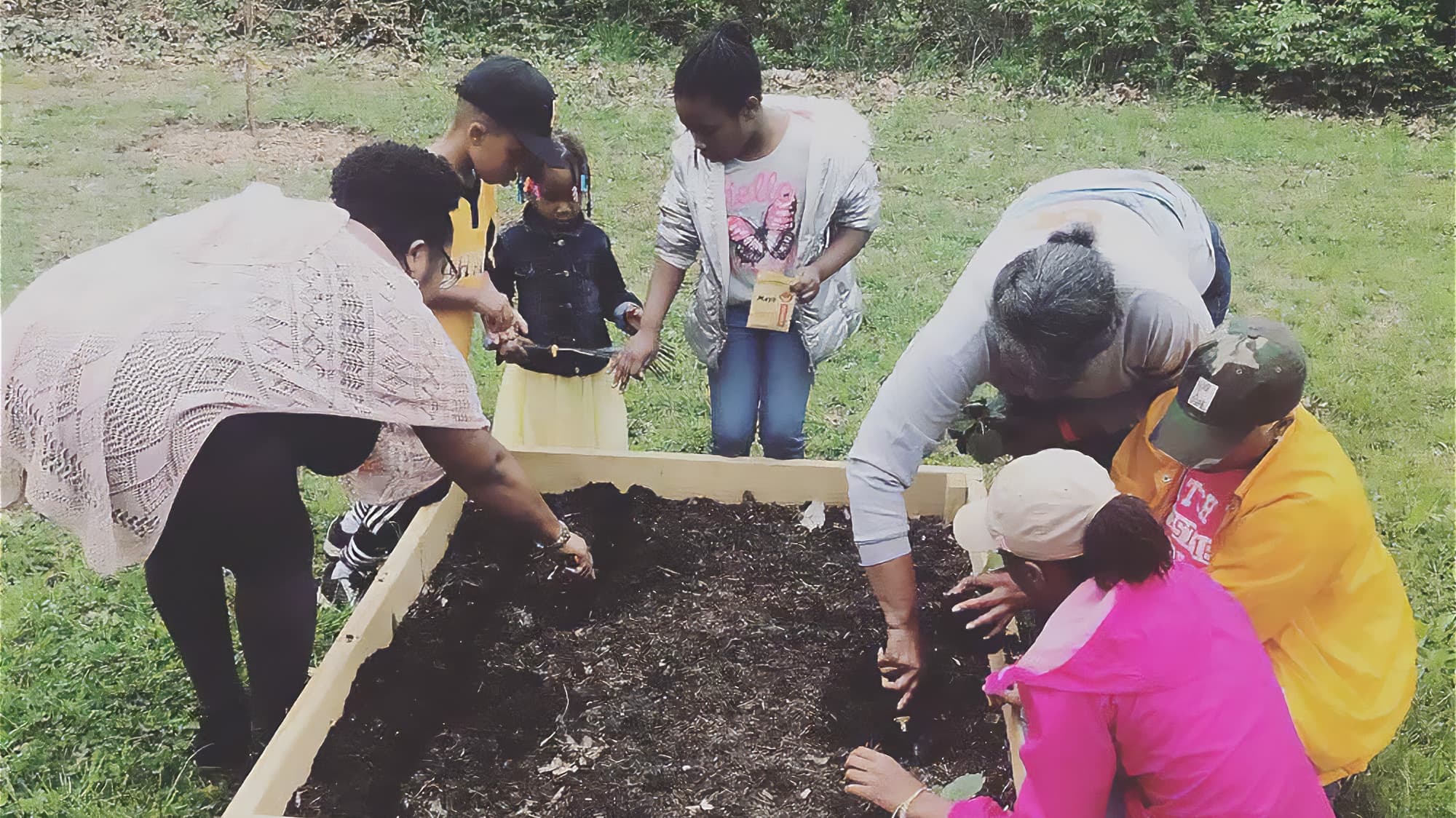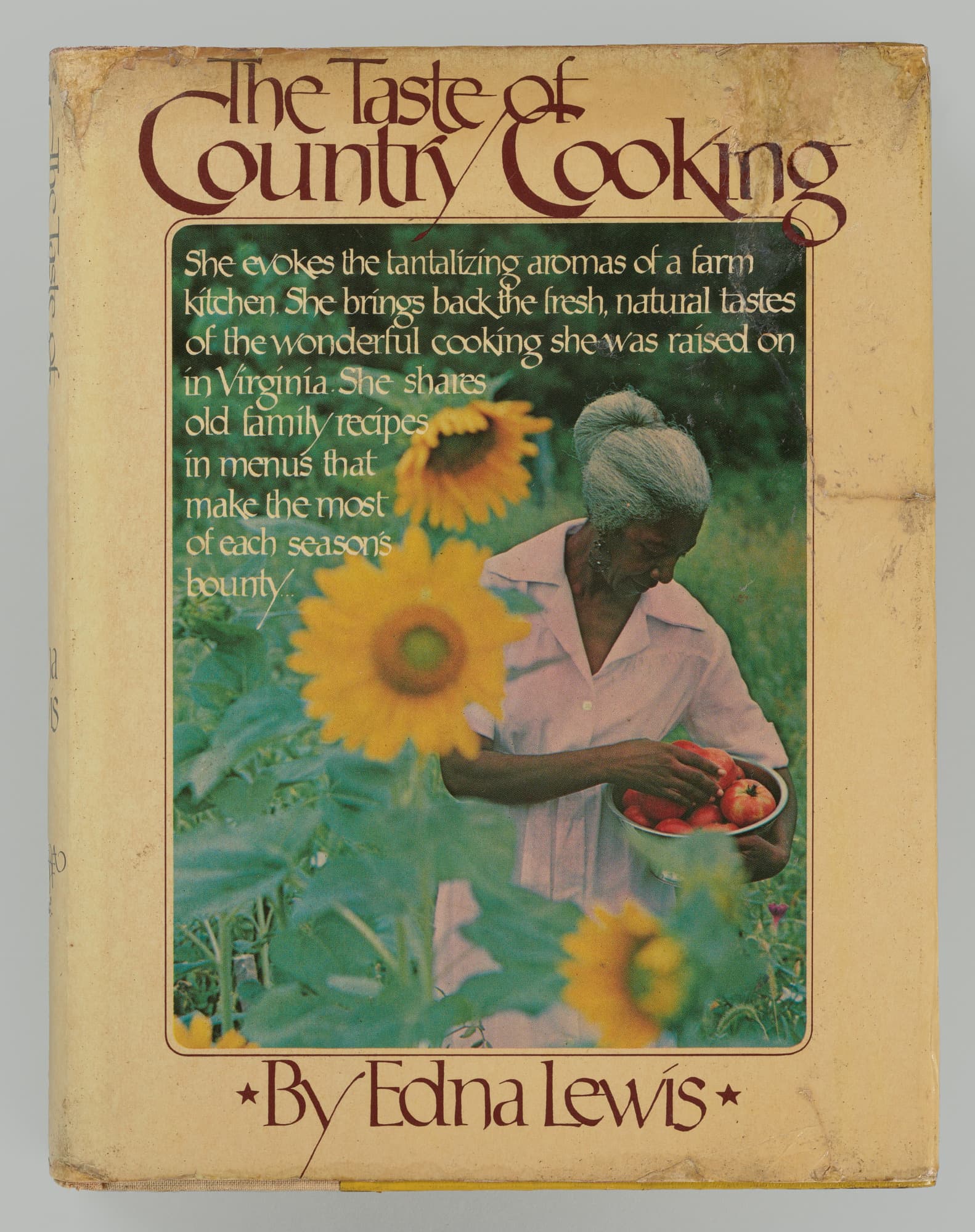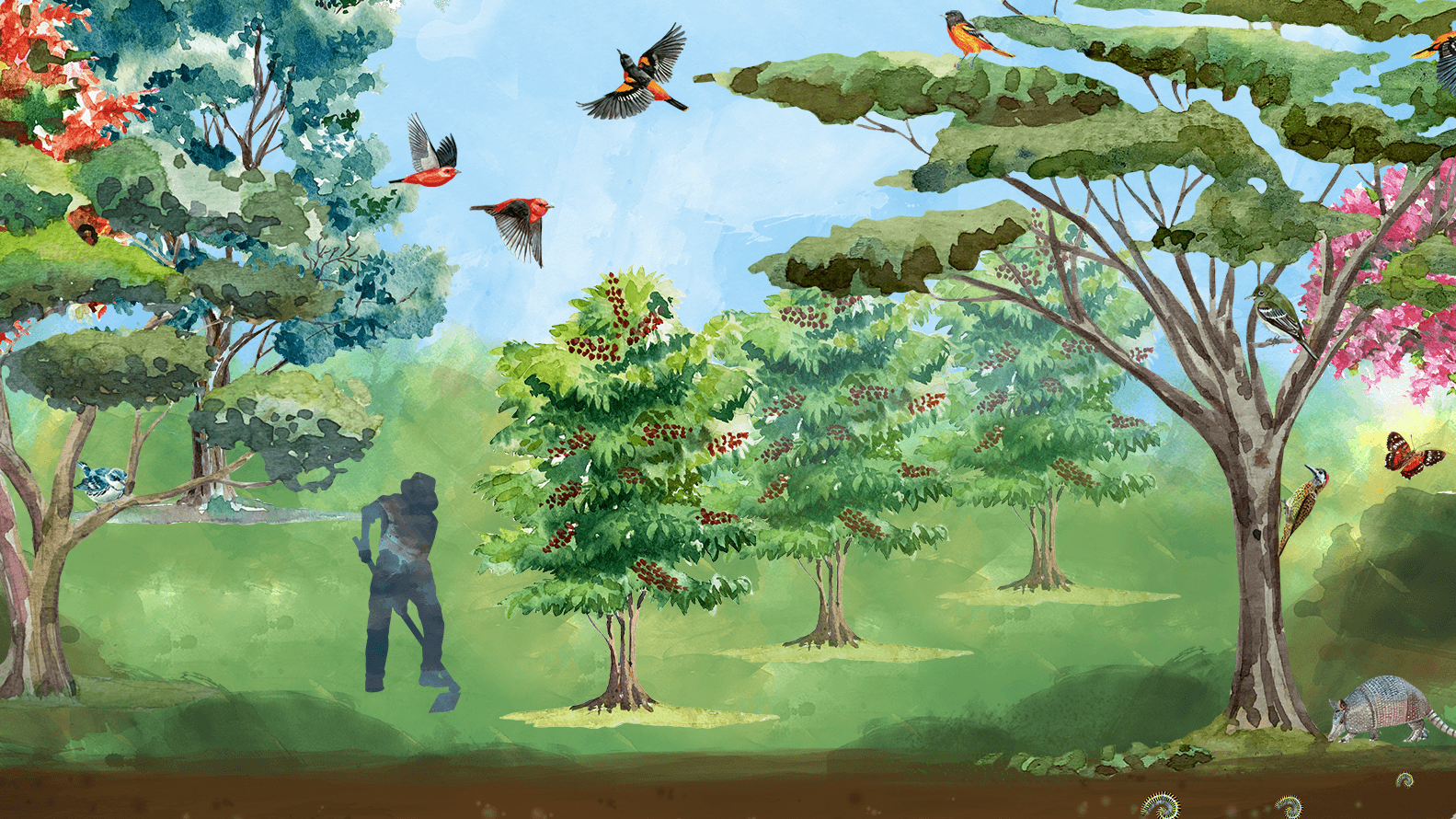
Gardens of Resilience: Celebrating African American Foodways and Horticulture Practices
African American gardening and farming practices are not only a testament to historic cultural resilience and heritage but are also an act of cultural preservation. Initially born out of necessity, the cultivation of specific plants introduced to the American South like collard greens, fish peppers, okra, black-eyed peas, sweet potatoes, and watermelons has evolved beyond agriculture into a means of preserving cultural identity for African-American communities.
Faced with harsh realities, both free and enslaved African Americans found gardening to be a crucial source of sustenance. For the enslaved gardens supplemented the inadequate rations provided by their enslavers. Enslaved African Americans sometimes tended their gardens by moonlight after exhaustive days of forced labor. Gardens were a symbol of resilience and autonomy, they not only provided the physical nourishment for their bodies, but were also a place of self-expression.
From these gardening practices came culinary traditions, such as the preparation of Hoppin' John with black-eyed peas, connecting these gardening practices to feelings of hope.
This tradition highlights the importance of community and cultural continuity, as gardening and cooking are a communal act that strengthens bonds within the African American community, fostering a shared cultural heritage and identity.

The Taste of Country Cooking by Edna Lewis
Source: National Museum of African American History & CultureCollard Greens: A staple in African American cuisine, believed to have been introduced to America through the transatlantic slave trade. The yellow cabbage collard, specific to North Carolina, highlights regional culinary traditions and the preservation of cultural heritage.
Fish Peppers: Originating from the Caribbean, these peppers became a crucial ingredient in African American cuisine, especially in the mid-Atlantic. They were also used medicinally and played a role in the culinary and cultural practices of African American caterers and cooks.
Okra: Brought to America between 1710 and 1730, okra is integral to dishes like gumbo. It symbolizes the culinary bridge between African and African American food traditions.
Black-Eyed Peas: Consumed for good luck and prosperity, black-eyed peas have been grown in Virginia since the 17th century, highlighting the blend of culinary practice and cultural celebration.
Sweet Potatoes: Differentiated from yams, sweet potatoes were adapted by African Americans for their culinary and nutritional value, giving rise to dishes like candied yams and sweet potato pie.
Watermelons: Tracing back to Africa, watermelons were cultivated for their high water content and became a symbol of African American agricultural success and resilience despite facing racial stereotypes.
To ensure future generations can connect with their roots and heritage, some African American gardeners and farmers engage in seed preservation, documenting the stories of seed stewards and promoting the growth of heirloom varieties. These efforts contribute to a broader understanding of agricultural biodiversity and underscore the importance of preserving these cultural artifacts for future generations.
Ultimately, these practices are intertwined with broader historical narratives of communities not just surviving but celebrating their heritage. Cultivating specific plants and their culinary uses connect current generations to their ancestors, perpetuating knowledge, flavors, and resilience. This connection made possible through these practices plays a vital role in honoring history and preserving cultural identity, highlighting the impact of agriculture on the African American experience.




